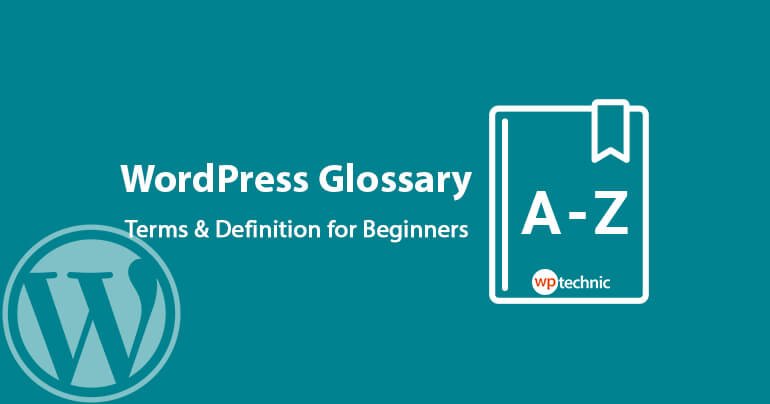The “loop” in WordPress refers to the PHP code that is used to display posts on your website. When you view a WordPress website, the loop is what retrieves and displays the content of each post on the page.
The loop is a crucial part of WordPress, as it allows you to display a list of posts in a consistent and organized manner, and it can be customized to display different types of content, such as pages, custom post types, and archives.
The loop typically includes a series of functions and template tags that are used to display different elements of the post, such as the title, content, date, author, and featured image. The loop also includes various conditional tags that allow you to control which posts are displayed and how they are displayed, based on factors such as the post type, category, tag, and other criteria.
While the loop is a fundamental part of WordPress, it can be customized and extended in many ways using plugins and custom code. For example, you can create custom loops that display posts based on specific criteria, or use plugins to add new functionality to the loop, such as custom post types, taxonomies, or fields.
Overall, the loop is a powerful and flexible tool in WordPress that allows you to control how your content is displayed on your website, and can be customized and extended to meet a wide range of needs and requirements.

